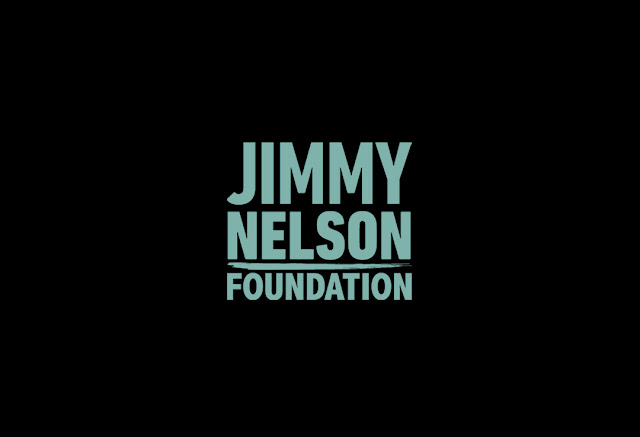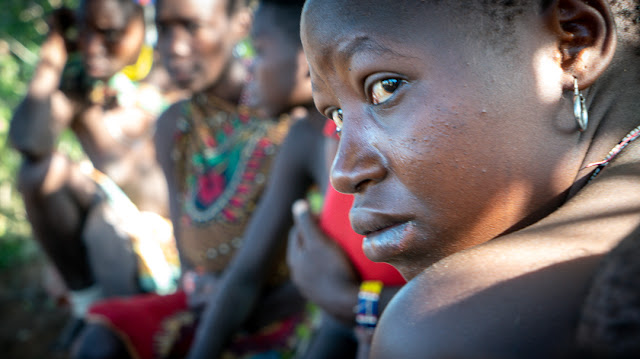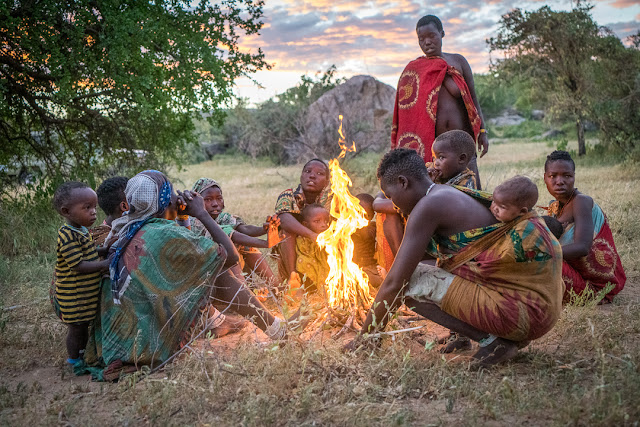THE HADZABE

Near Lake Eyasi in Tanzania there is an ancient tribe of about one thousand surviving members, the last hunter gatherers in the country. Ninety percent of their traditional lands have been encroached upon by neighboring pastoral tribes. There have been attempts by missionaries and the government to assimilate them, all of which have failed. It would be misleading to characterize them as "primitive" except in the respect that 90% of human history we have all been hunter gatherers. However, this is not a backwards society, but a thriving culture that wishes to continue to live in their traditional manner. They view "modern" society as detached, distracted and overstimulated; thereby "lost" from their roots and soul.







